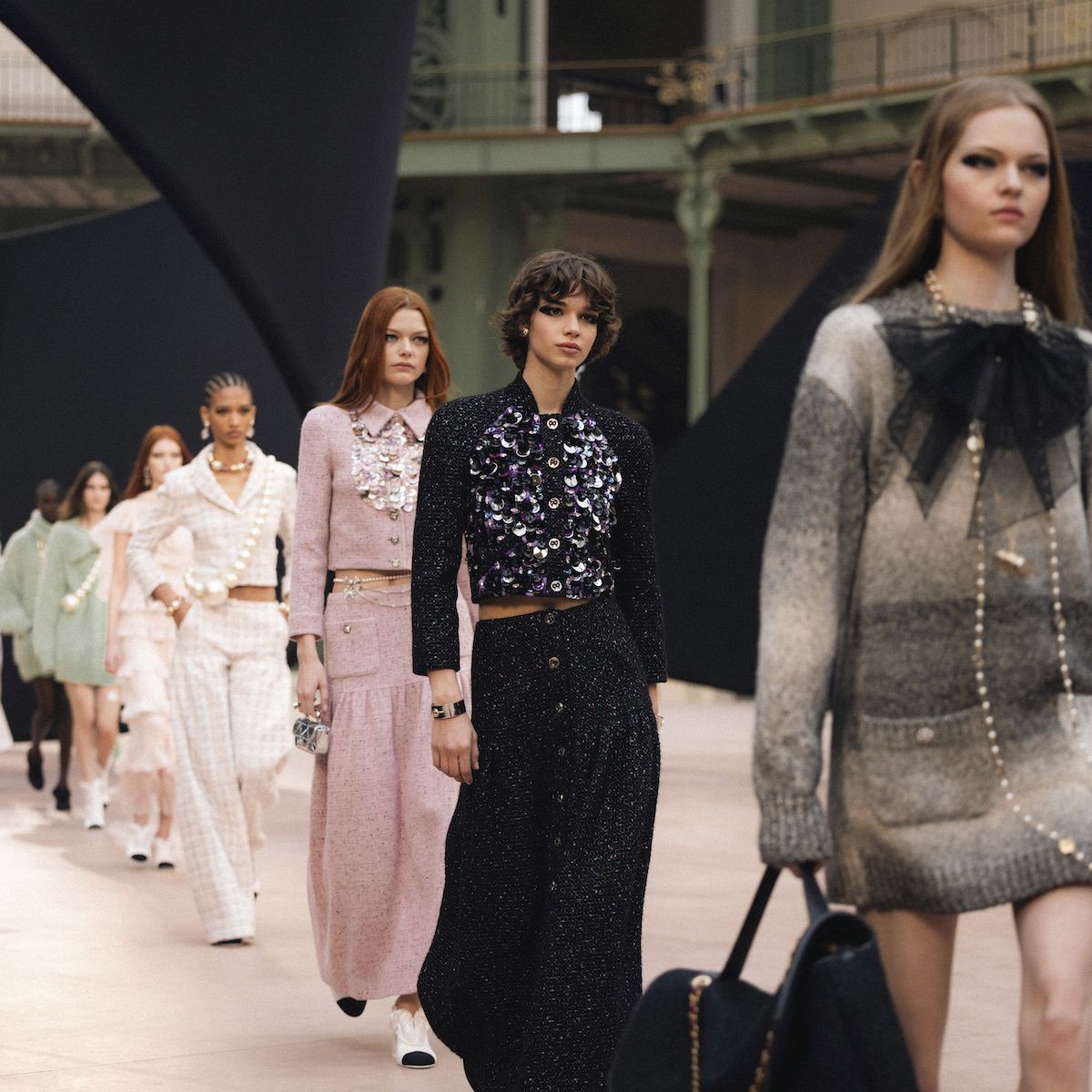Roy Halston Frowick, recognized simply as Halston, holds a unique position within the annals of American fashion. Initially gaining recognition in the 1960s as a gifted hat designer, Halston achieved widespread fame for crafting the memorable pillbox hat donned by Jacqueline Kennedy during John F. Kennedy’s 1961 inauguration. Nevertheless, his transition into women’s apparel truly enabled him to establish the groundwork for what would become an enduring heritage. Halston’s designs embodied modernity, fluidity, and subtle elegance—characteristics that reshaped the American style and permanently altered the course of the fashion sector.
Minimalism as Innovation: The Language of Simplicity
Before Halston, haute couture ruled American fashion, and excessive embellishment was synonymous with luxury. Halston broke with these traditions, introducing a minimalist approach that celebrated the body and eschewed superfluous detail. His hallmark was the bias-cut dress—a garment that not only followed the contours of a woman’s body but seemed to liberate it. Using fabrics such as ultrasuede, jersey, and chiffon, Halston produced garments that floated, moved, and breathed with those who wore them. This revolution in fabrication and form underscored a new functional luxury, one characterized by wearability and elegance.
Numerous fashion historians cite Halston’s 1972 ultrasuede shirtwaist dress as a watershed moment. Its simple cut, machine-washable fabric, and democratized style found favor with every echelon of society, selling in tens of thousands. By integrating ease into luxury, Halston set the stage for every subsequent wave of American sportswear and minimalism, influencing designers from Donna Karan to Calvin Klein.
The Halstonettes: Diversity and Representation
Perhaps no other designer of his era cultivated a more inclusive image than Halston. His atelier and social circle, dubbed the “Halstonettes,” reflected a progressive vision for representation in fashion. He dressed a multicultural coterie of models and muses—such as Pat Cleveland, Alva Chinn, and Beverly Johnson—years before the industry’s wider embrace of diversity. Halston’s shows, often staged in intimate settings or at the Pierre Hotel, foregrounded these women’s personalities and grace, projecting a new and relatable ideal of beauty to the world. This approach not only amplified emerging supermodels but also set a cultural precedent for diversity as essential to fashion’s vibrancy.
The Studio 54 Era: Redefining Glamour and Celebrity Culture
The collaboration between Halston and the vibrant nocturnal scene of Studio 54 during the late 1970s is iconic. He grasped the influence of connection, skillfully blending haute couture with the world of famous personalities. Adorned in his creations, luminaries such as Liza Minnelli, Bianca Jagger, and Elizabeth Taylor personified a coveted way of life linked to liberation, indulgence, and allure. Halston’s apparel became emblematic of the disco period—flowing, sparkling, and alluring, ideally suited to the captivating after-dark ambiance of that era.
This intersection between brand and celebrity would become a defining feature of American fashion for decades. Modern designers frequently look to Halston as the archetype for building a lifestyle brand that is inseparable from entertainment, fame, and media.
Business Innovation: Licensing and the Birth of Lifestyle Branding
Beyond aesthetics, Halston pioneered the concept of licensing, setting a new template for brand expansion. In 1983, his landmark $1 billion licensing deal with J.C. Penney represented a seismic shift. Halston was the first major designer to offer high fashion at mass-market prices, anticipating the contemporary collaborations between luxury labels and retail giants such as Target or H&M.
However, the risks inherent in mass licensing became clear when Halston’s prestige clientele shunned the designer for “going down-market.” This culminated in his ouster from his own label—an episode frequently cited in business schools as a cautionary tale. Halston’s career thus stands as a pivotal study in the delicate balance between exclusivity and accessibility within fashion branding.
Modern Echoes: Halston’s Influence Today
The contemporary fashion landscape—characterized by its minimalist aesthetic, inclusive approach, celebrity influence, and accessible luxury—owes a significant portion of its foundational principles to Halston’s pioneering innovations. The renewed presence of vintage Halston attire at high-profile events, biographical films chronicling his journey, and ongoing tributes from prominent American designers all underscore his enduring and dynamic impact. Fashion labels are increasingly adopting the principles Halston championed: the importance of superior craftsmanship, the power of media integration, and the necessity of catering to a broad spectrum of consumers.
Fashion’s shifting landscape, toward both sustainability and accessibility, owes a debt to Halston’s early advocacy for functionality without compromise. His aesthetic persists in the draped gowns of emerging designers; his business strategies echo in modern collaborative collections; his belief in diversity has become not just celebrated, but expected.
Halston’s Lasting Mark
Halston’s narrative chronicles a forward-thinker who foresaw—and often initiated—every significant shift in American style. His minimalist approach provided liberation; his efforts to make luxury accessible promoted broad participation; his marketing brilliance redefined the potential of a fashion brand. The clothing he designed transcended fleeting fads; they evolved into lasting emblems of confidence and contemporary American identity. Within the ongoing progression of fashion, Halston’s legacy continues to inspire and educate, influencing successive eras and underscoring the lasting impact of elegance, openness, and pioneering spirit.

:max_bytes(150000):strip_icc():focal(599x0:601x2)/cara4-b6a256f5112c42078afa3c2044219745.jpg)

